We may earn revenue from the products available on this page and participate in affiliate programs. Learn More ›
Pinching pennies? Paint!

Nothing makes a major impression—for minimal cash—like a fresh coat of paint. That’s one of the greatest lessons learned from “Fixer Upper” hosts Chip and Joanna Gaines. “When Jo and I started, we didn’t have large budgets,” says Chip. “You can make a big impact just by covering the walls. I’ll put it this way: If Jo were to change the ceiling fan, I’d feel a cool breeze. But paint the white walls blue? I’d notice!” Among Joanna’s best paint pointers: “In a bathroom, I like something fresh and clean, like one of my favorite grays,” she says. “Bedrooms are a great place to take a risk and use a little more color.”
Do what comes naturally.

Rustic chic is a Joanna Gaines trademark. Time and time again, the Texas design diva has shown us how to bring natural elements into our decor, using roughly finished wood furniture, exposed beams, stone countertops, and plenty of flowers, herbs, and plants. “I’ve always been drawn to nature and really love bringing a touch of it inside,” she says, adding that it’s not just the look but the feel of freshness that she loves. “There’s something about going out and cutting your own flowers that’s definitely therapeutic.” If you must go faux with florals, however, remember Joanna’s wise words: “Add real water to the vase to make it look realistic.” H2-oh!
Related: 17 Times Shiplap Made the Room
Take it light.

Unless your personal taste is literally rooted in the Dark Ages, you’ll want to flood your home with light. And no one’s lighting logic can beat “Flip or Flop” hosts Tarek and Christina El Moussa’s. To make the most of all-important natural light, Christina favors keeping windows free of coverings, while her trick for illuminating dark rooms is installing pale-colored flooring. When it comes to fixtures, she takes a bold approach—a fancy chandelier instead of plain pendants in the kitchen, for example. Brilliant!
Rely on neutrals.

When you’re trying to decide on the perfect backdrop for your decor, you can’t go wrong with neutral tones. That’s among the top-notch takeaways from Kahi Lee of “Design on a Dime.” Unobtrusive shades for walls and furniture allow you to inexpensively “redo” a room simply by switching up the colors of pillows, candles, and other small accessories. “Do this as often as you like to suit the time of year or your mood,” says Kahi, pointing out that neutrals have come a long way. “Although black, white, gray, and beige are always good standards, new neutrals are basically the lightest and most muted version of any color.”
Be daring in the details.

Little things—like bold finishes, interesting textures, and unusual hardware—mean a lot, especially if you can’t afford expensive furniture. That’s one message Sabrina Soto brings home to the long-awaited reboot of “Trading Spaces,” the mother of home makeover shows. She’ll take, for instance, a plain white nightstand, give it a high-gloss paint job, and add distinctive knobs to totally transform the piece. Her go-to stores for the kind of affordable items that are easy to embellish include CB2, Article, West Elm, All Modern, and Ikea.
Get smart about art.

You may not know a lot about art, but you know what you like—and that’s cool. But you must know how to hang it properly —a lesson Sabrina from “Trading Spaces” is happy to impart! For an impeccable gallery, lay a piece of butcher paper on the floor and play around with your artwork until you land on an arrangement you love. Then, trace the frames with a pencil, identify the image inside the outline, and refer to this guide so you’ll know what should go where when you start hanging the pieces. Other artful advice? Pictures should be placed at eye level, and 10 to 12 inches above the top of a sofa.
Show shelf esteem.
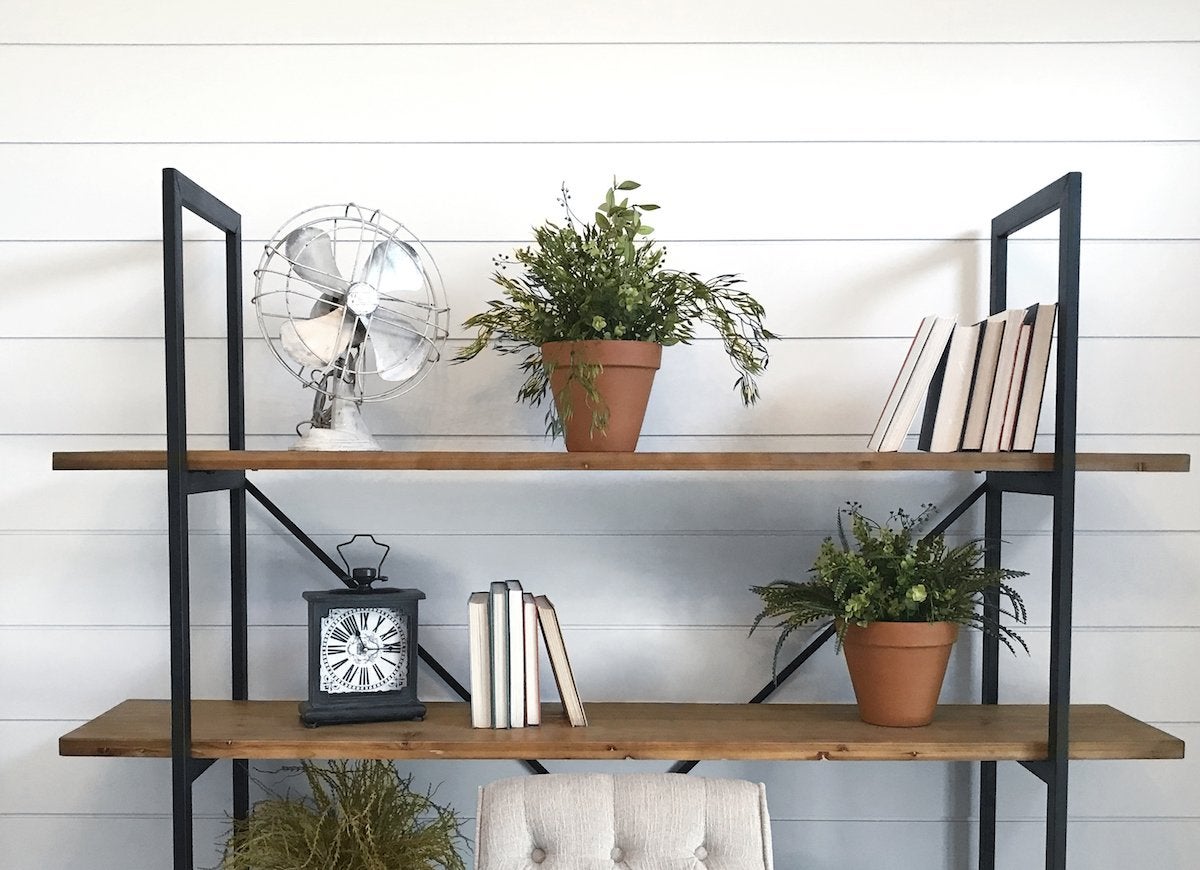
Open shelving is much more than storage—it’s a way to display your stuff, your style, and your personality. Drew and Jonathan Scott of “Property Brothers” and “Property Brothers: Buying and Selling” are pro bros who’ve meted out serious shelf help, showing how to appoint shelving properly. They counsel arranging a mix of books, plants, pottery, collectibles, and art while avoiding overcrowding: Ample white space allows your pieces to be seen and appreciated. Another suggestion is to work within a color scheme to lend cohesion.
Related: 16 Ingenious IKEA Hacks
Make your space multitask.

Is it possible to have a place for everything, even in a small abode? Over and over, the Property Brothers prove it can be done, tucking an exercise machine into a bedroom, or positioning a desk in the corner of a dining room for an instant home office. They also show how to max out space and storage capacity by cleverly adding cabinets, shelves, and closets in areas like laundry rooms and mudrooms.
Related: The 20 Best Furniture Brands of 2025
Break a few rules.

A foolish consistency can result in dull decor, so turn tradition inside out occasionally—for example, with deep-toned walls. Bobby Berk, the inside man on “Queer Eye” (the must-see reboot of “Queer Eye for the Straight Guy”), is a huge proponent. “I like using dark colors on walls because it controls the light. When you have white walls, the light bounces off everything and nothing looks good,” he insists. “Most people think that black walls make rooms feel smaller. It’s actually the opposite—it adds depth to a room.”
Related: Should You Paint Your House Black?
Start small.
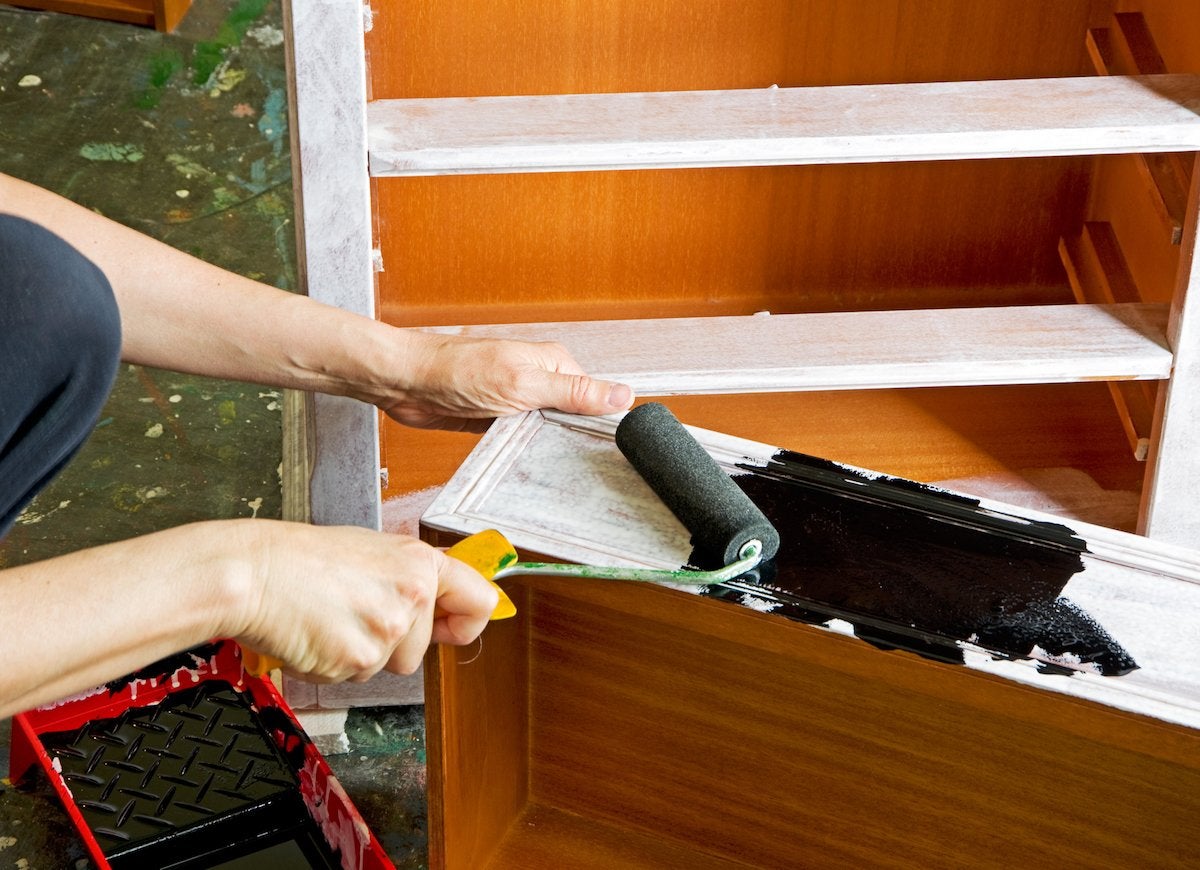
Renovating a house is big work, especially if you’re living in a fixer-upper or seriously outdated digs. Rather than diving into the biggest and most time-consuming home improvement project first—say, replacing the floors or renovating the kitchen—start small. Even something as simple as painting a dresser, says Berk of “Queer Eye,” can give you the little boost of confidence you need to continue working on your house.
Related: The 25 Smartest and Smallest DIYs You Can Do for Your Home
Don't overdo a masculine space.

Bobby Berk knows that so-called masculine room design can make a room look dark and heavy. Instead of overdoing it on the dark neutrals, try a lighter color scheme. He recommends a combination like white and beige to “keep things airy, then accent with dark hues and rich leather for warmth.”
Say bye-bye!

“To let go of the past, you have to let go of the possessions that tie you to it.” That’s a design concept from “Queer Eye” that’s bound to enhance your life as much as your living space. Banish clutter that gets in your way and clouds your thoughts. Donate items that no longer delight you. Stow sentimental stuff you can’t part with out of sight. Let your space have some breathing room, and you’ll feel freer in it.
Related: 21 Clever Tricks to Make Your Home Look Bigger and Brighter
Don't forget about the furniture.
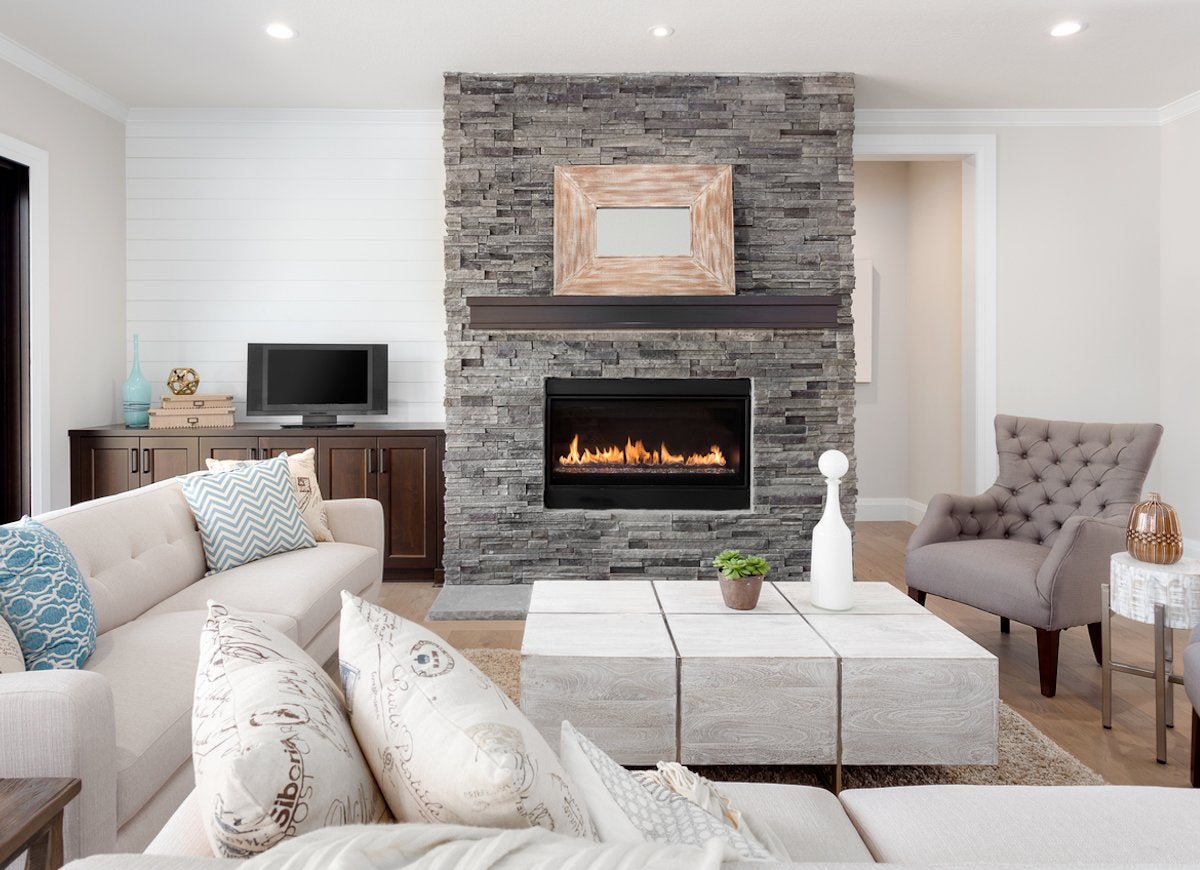
“There’s not much worse in our industry than a beautiful, finished house with temporary or leftover furniture sitting in there because the homeowners blew through their budget,” says Leanne Ford from “Restored by the Fords.” It’s easy to get caught up in the excitement of a full renovation before you’ve planned how much you’ll need to spend on the finishing touches. Ford recommends creating a realistic budget and then doubling it, so you will be prepared for surprise costs and have money on hand for furniture.
Related: The 20 Best Furniture Brands of 2025
Make your space work harder.
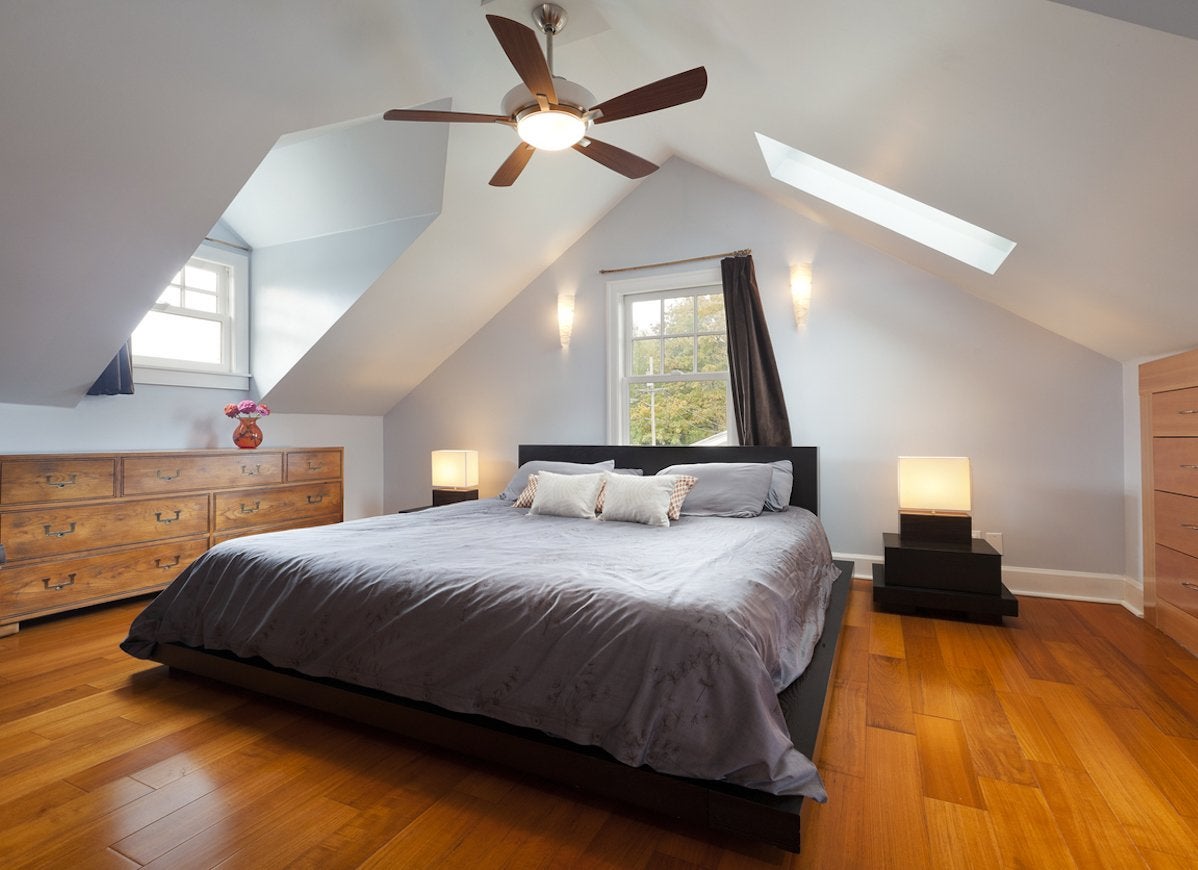
David Visentin of “Love It or Leave It” recommends taking a do-nothing space, such as an unfinished attic, and turning it into livable space. “You’ve already got the space there,” he says. This savvy approach costs a lot less than “trying to add value and space by putting an addition on.”
Swap spaces.

The floor plans you saw when you bought your house might say one thing, but that doesn’t mean you have to keep it that way. Hilary Farr from “Love It or List It” encourages changing your layout if it isn’t working for you. Whether you want to knock down walls or you’re just planning on turning the dining room into an office, do what makes the most sense for your household.
Trends come and go.
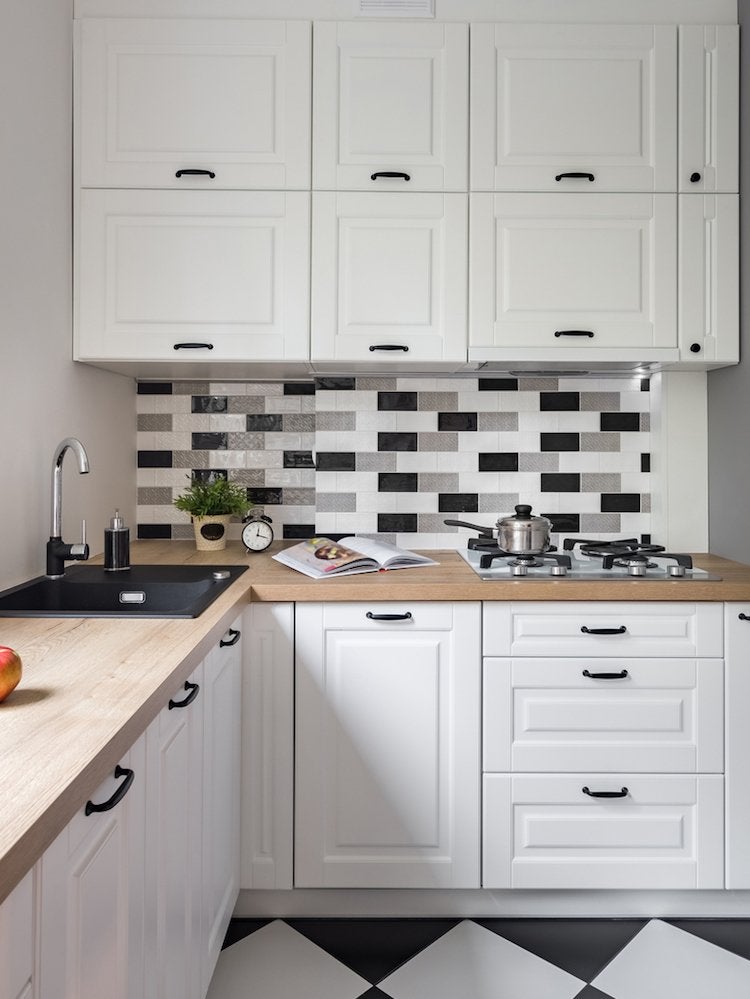
Don’t go overboard on selecting materials that are popular at the moment. While you may love the latest home trends right now, those here-today, gone-tomorrow designs will soon be passé, and your newly renovated house will look outdated before its time. Nicole Curtis of “Rehab Addict” suggests incorporating trendy pieces you love if they’re affordable and can be easily replaced, like pillows, throw blankets, or drawer pulls, and spending the rest of your budget on timeless decor.
Related: These 13 Forgotten Home Trends Are Suddenly Cool Again
Use what you own.

Not all of your old stuff has to get tucked away or put in storage. Erin Napier of “Home Town” suggests using some of your collections or trinkets as wall art. Hanging unusual objects adds dimension to your walls and shows off a bit of your personality!
Tape your cabinets.

A kitchen remodel is one of the most expensive home improvement projects any homeowner can undertake, and new cabinets are one of the factors that can really drive up the cost of the project. Since these storage essentials don’t come cheap, you certainly wouldn’t want to wreck your doors before you fry your first egg in your new kitchen. Tracy Metro of “House Doctor” recommends that before homeowners drill holes for knobs and pulls in their cabinets, they place blue painter’s tape exactly where they want the handles to go. If the placement looks off, fixing it is as simple as lifting the tape and resticking it. Then, drill and screw in the hardware. No mistakes here!
Splurge on the stuff you use every day.

Chip Wade, star of several HGTV and DIY Network shows, like “Ellen’s Design Challenge” and “Elbow Room,” says that if you’re trying to make your home look more expensive on a dime, you should consider “prioritizing a higher percentage of your budget” to the things you interact with every day, such as doorknobs, faucets, and toilet flushes, to give your space the “feeling of a higher level of luxury,” without a luxury price tag.
Consider your lighting.

Scott McGillivray of “Income Property” is an advocate for well-designed light fixtures. “Not only does a good lighting plan make a room look better, it also makes it function better and provides an important safety element. Every room should have a mix of three types of lighting: general, task, and accent,” he writes on Instagram.

DIY Flooring Solutions That Look Practically Professional
In search of flooring that meets the needs of the space without sacrificing style? We found solutions for 5 tricky space updates that blend aesthetics, durability, and DIY-friendly design.


